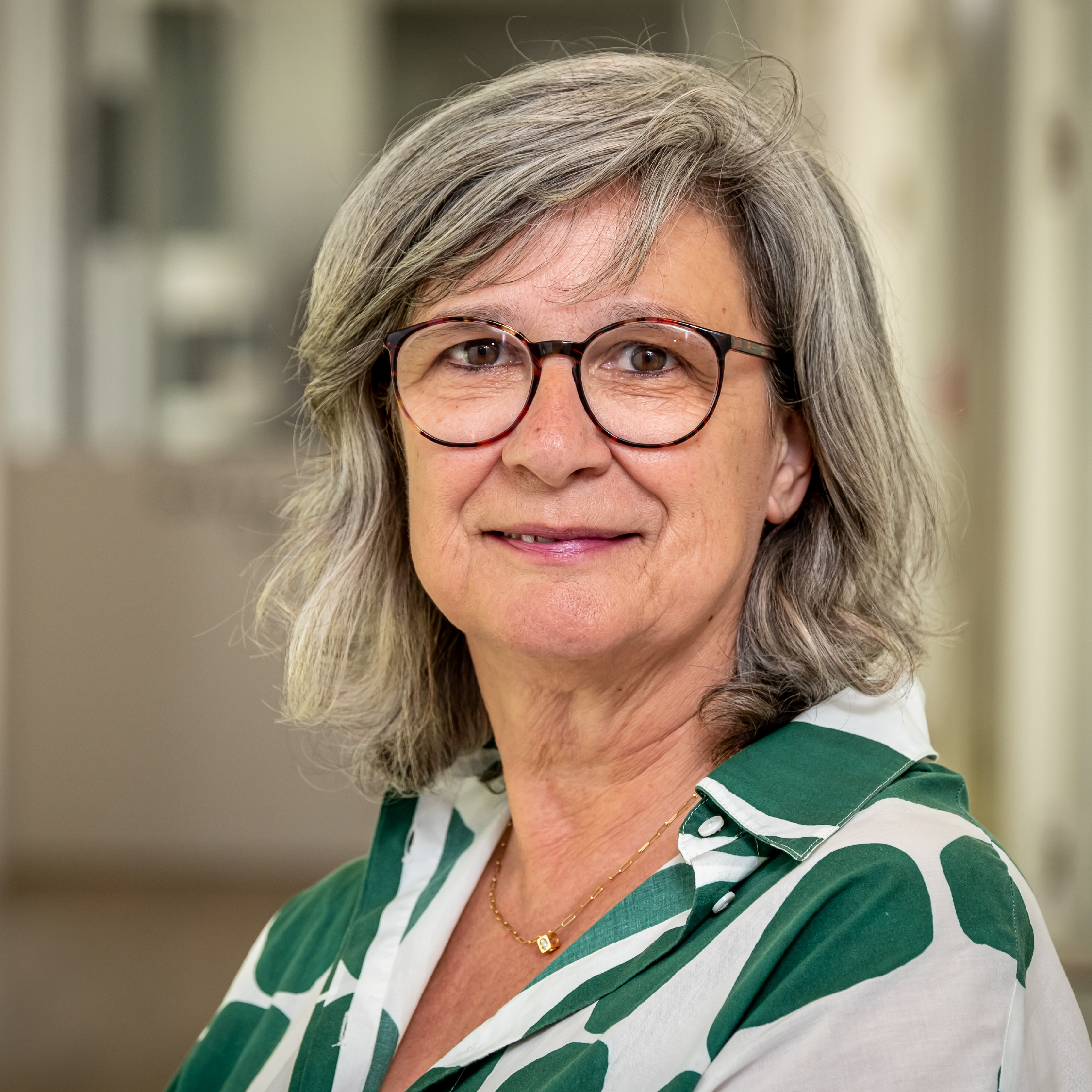Making your mark as a healthcare technology company or pharmaceuticals supplier can be challenging, especially if your core business focuses on rare diseases. You can find yourself restrained by strict regulations, while trying to address the sensitivities of your various stakeholders.
The good news is that, even if direct communication with patients is out of the question, you can still position your organization as a thought leader and influencer in your particular healthcare niche.
Hemophilia offers an example. This rare genetic bleeding disorder occurs in 1 in 10,000 (hemophilia A), and 1 in 50,000 (hemophilia B) members of the population. Throughout their lives, hemophilia patients, especially severe hemophilia patients, are faced with different obstacles and concerns. As a healthcare company, you can drive awareness and provide socially relevant tools to support these patients throughout the different stages of their lives. For example, you could implement one or more of these programs:
- Set up an informative website that explains what the disease is, its consequences and what the treatment options are, highlighting the focus areas per life stage.
- Create brochures, tutorials, presentations, educational tools, checklists, etc., for patients as well as their families and communities.
- Team up with medical specialists and patient organization(s) to create testimonials, interviews, quotes, updates or a magazine, to build awareness and share information on treatment paths.
Making sure that your brand is perceived as the preferred treatment is more than providing the best solution or drugs. It’s making your mark – by creating awareness and supporting patients, their families, and their community of healthcare providers, in every possible way you can.
At Living Stone, we specialize in marketing strategies for healthcare. If you’d like to strengthen your marketing programs, or learn more about aligning your programs with your customers’ pain points, contact Anne-Mie Vansteelant at Living Stone, at +32 55 591 007 or anne-mie.vansteelant@livingstone.eu.


.jpg?width=727&name=Living-Stone-CTA-Blog%20(002).jpg)

